#alfonso ii
Photo
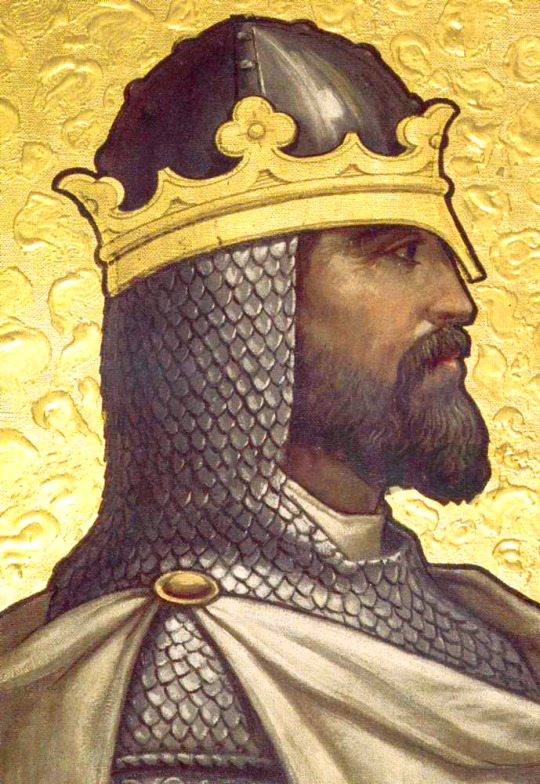

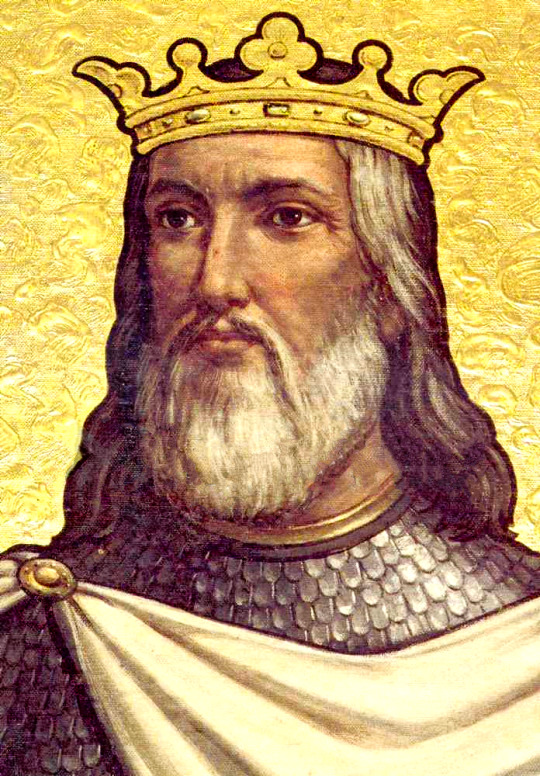






Portuguese monarchs: The House of Burgundy (Afonso Henriques, Sancho I, Afonso II, Sancho II, Afonso III, Denis I, Afonso IV, Peter I and Ferdinand I).
#reis de portugal#kings of portugal#reino de portugal#Alfonso henriquez#sancho i#alfonso ii#sancho ii#alfonso iii#dinis i#alfonso iv#pedro i#fernando i#house of burgundy#casa de borgonha#list of monarchs
12 notes
·
View notes
Text

Nine European Sovereigns at Windsor Castle for the funeral of King Edward VII of the United Kingdom (Photo courtesy of Royal Collection Trust) | May 20, 1910
Standing (left to right): King Haakon VII of Norway, King Ferdinand of Bulgaria, King Manuel of Portugal, Emperor William II of Germany, King George I of the Hellenes, King Albert of the Belgians
Seated (left to right): King Alfonso XIII of Spain, King George V, King Frederick VIII of Denmark
#royaltyedit#theroyalsandi#george v#king george v#king george v of the united kingdom#haakon vii of norway#king ferdinand of bulgaria#king manuel of portugal#king william ii of germany#king george of hellenes#king albert of the belgians#king alfonso xiii of sapin#king frederick viii of denmark#british royal family#my edit
59 notes
·
View notes
Text
Leonor to Catherine of Aragon. House of Borbón to House of Trastámara.
#credits to the rightful owners#house of borbón#House of Trastámara#spanish royal family#princess leonor#king felipe vi#Juan carlos I#infante juan count of Barcelona#king Alfonso xiii#king alfonso xii#queen isabella ii of spain#king Ferdinand VII#Charles IV of Spain#Charles III of Spain#Philip V of Spain#Luis grand dauphin#Maria Theresa of Spain#Philip IV of Spain#Philip III of Spain#Philip II of Spain#Charles V of Spain#juana i of castile#catherine of aragon
7 notes
·
View notes
Text
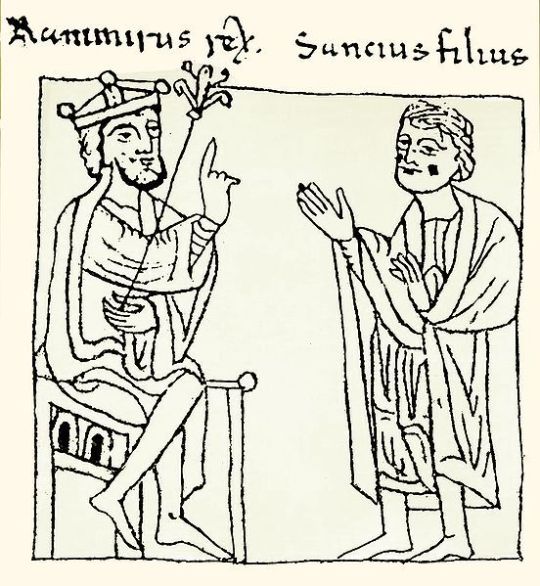



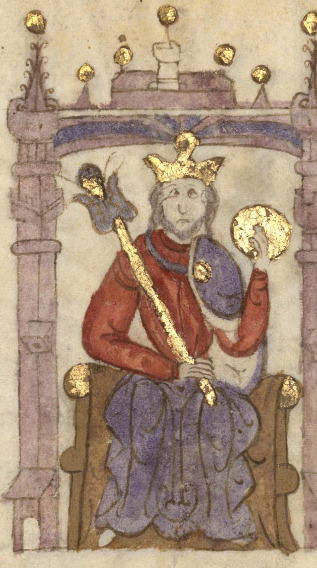

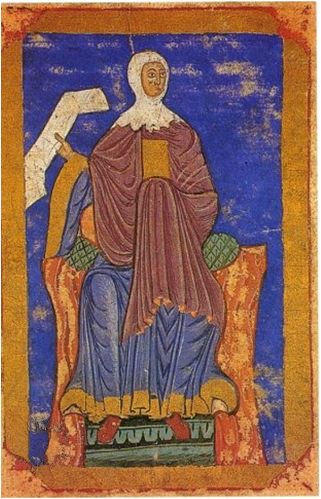

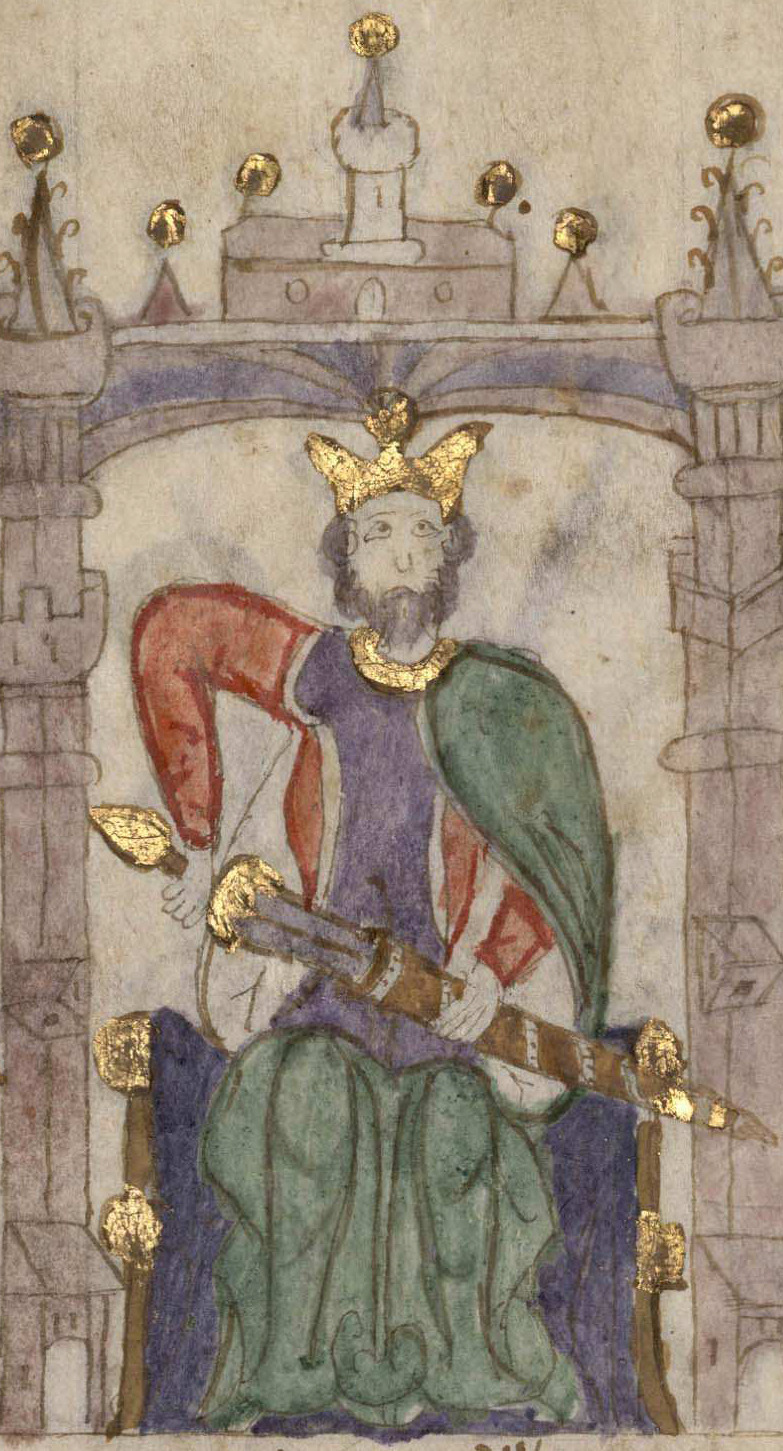

The Bastard Kings and their families
This is series of posts are complementary to this historical parallels post from the JON SNOW FORTNIGHT EVENT, and it's purpouse to discover the lives of medieval bastard kings, and the following posts are meant to collect portraits of those kings and their close relatives.
In many cases it's difficult to find contemporary art of their period, so some of the portrayals are subsequent.
1) Ramiro I of Aragon (1006/7- 1063), son of Sancho III of Pamplona and Sancha de Aybar; with his son Sancho I of Aragon & V of Pamplona (1043-1094)
2) His wife, Ermesinda of Foix (1015 - 1049), mother of Sancho I of Aragon. Daughter of Bernard Roger de Foix and his wife Garsenda de Bigorra; and Sancha of Aragon (1045-1097), daughter of Ramiro I and Ermesinda
3) His father, Sancho III of Pamplona (992/96-1035), son of García II of Pamplona and Jimena Fernández
4) His brother, García III of Pamplona (1012-1054), son of Sancho III of Pamplona and his wife Muniadona of Castile
5) His nephew, Sancho IV of Pamplona (1039- 1076), son of García III of Pamplona and his wife Placencia of Normandy
6) His brother, Ferdinand I of Leon (1016- 1065), son of Sancho III of Pamplona and his wife Muniadona of Castile
7) His niece, Urraca of Zamora (1033-1101), daughter of Ferdinand I of Leon and Sancha of Leon
8) His niece, Elvira of Toro (1038-1099), daughter of Ferdinand I of Leon and Sancha of Leon
9) Sancho II of Castile (1038/1039-1072), son of Ferdinand I of Leon and Sancha of Leon
10) Alfonso VI of Leon (1040/1041-1109), son of Ferdinand I of Leon and Sancha of Leon
#jonsnowfortnightevent#jonsnowfortnightevent2023#asoiaf#a song of ice and fire#day 10#echoes of the past#historical parallels#medieval bastard kings#ramiro i of aragon#sancho i of aragon#sancha of aragon#ermesinda of foix#sancho iii of pamplona#garcía iii of pamplona#sancho iv of pamplona#ferdinand i of leon#urraca of zamora#elvira of toro#sancho ii of castile#alfonso vi of leon#bastard kings and their families#canonjonsnow
26 notes
·
View notes
Text





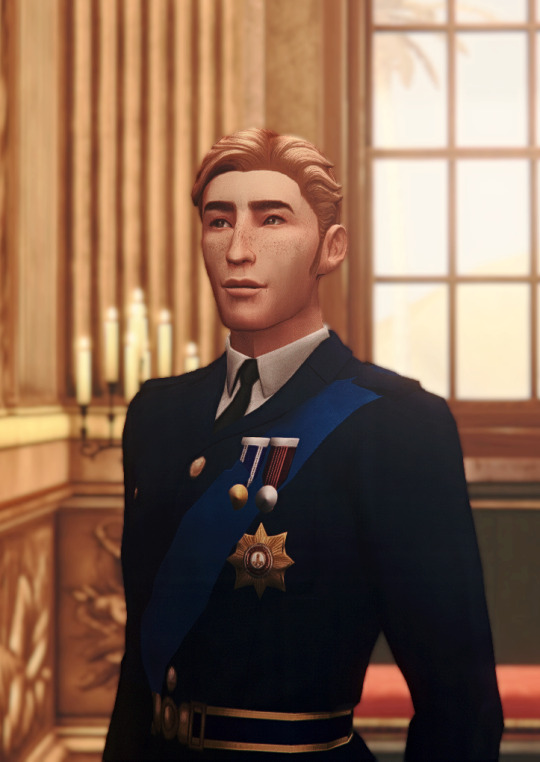
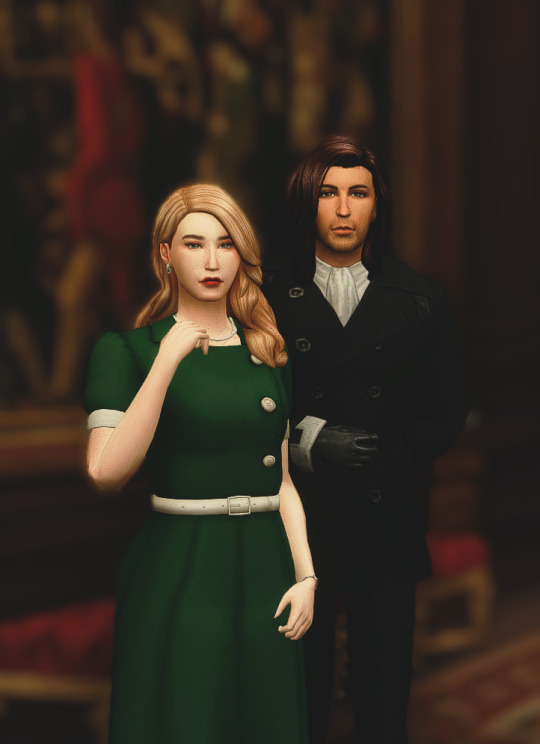
SENIOR PRYDAIN ROYAL FAMILY
Top to bottom, left to right:
King Henry II (Deceased) // Queen Mother Gwyneth (Living)
King George X (Living) // Queen Anne II (Deceased)
Prince William (Deceased) // Crown Prince Arthur (Living) // Princess Alice + Prince Alfonso (Both Living)
#c: alice#c: arthur#c: gwyneth#c: henry ii#c: anne ii#c: will#c: alfonso#c: george x#character profiles
23 notes
·
View notes
Text
But honestly it’s extremely funny knowing that Alfonso X died in some lame stupid way followed by an ugly feud with his son, daughter-in-law, son-in-law (who is like king of France) and a toddler grandson
Though knowing that his mother was from Hohenstaufen family what did i expect
It’s family traditions boys
#honestly still better dying of some stupidass disease during a silly little feud than dying of dysentery#yes Frederick II I’m talking about you#I need a tier chart with most unhinged deaths among European nobility#duke’s jokes#alfonso x#federico ii#frederick ii
9 notes
·
View notes
Text
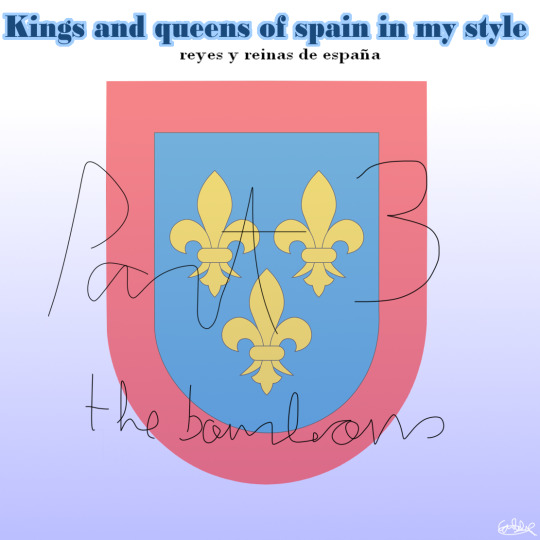
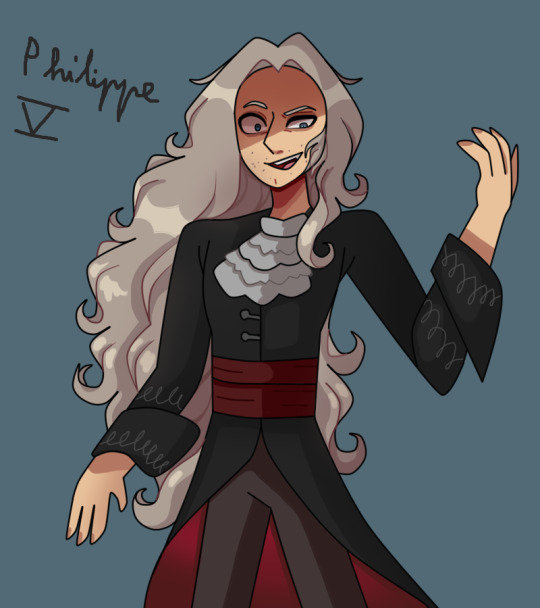

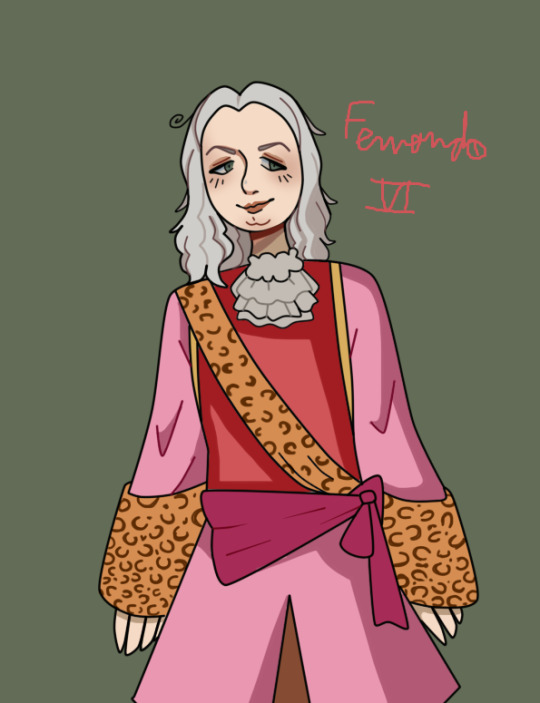




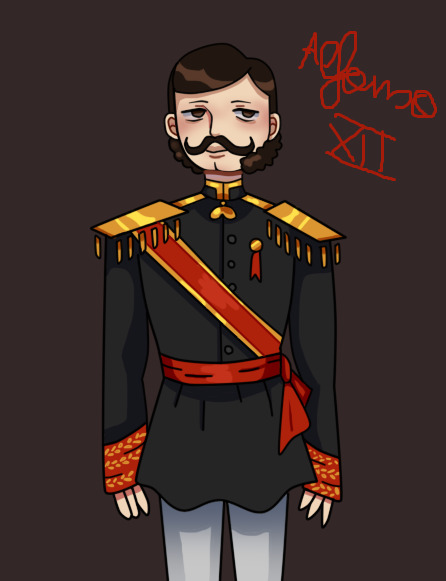
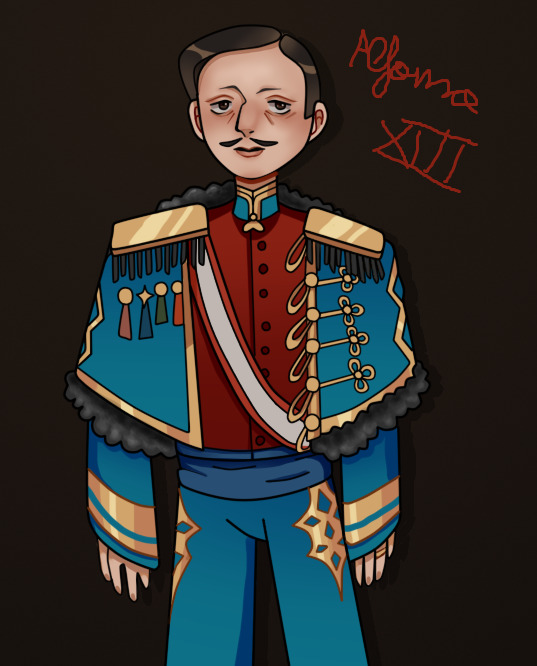
last part
#bourbons#felipev#felipe v#louis i#louis of spain#isabel ii#alfonso xii#alfonso xiii#spain#carlos iii#carlos iv#fernando vi#fernando vii
16 notes
·
View notes
Text

Manuel II, King of Portugal, in Paris with Alfonso XIII, King of Spain, the two youngest sovereigns in Europe, front cover illustration from 'Le Petit Parisien', supplemnet litteraire illustre, 5th December 1909 (photolitho)
French School
#dianthus#carnation#portrait#1900s art#1900s fashion#Manuel II#King of Portugal#Alfonso XIII#King of Spain
2 notes
·
View notes
Photo
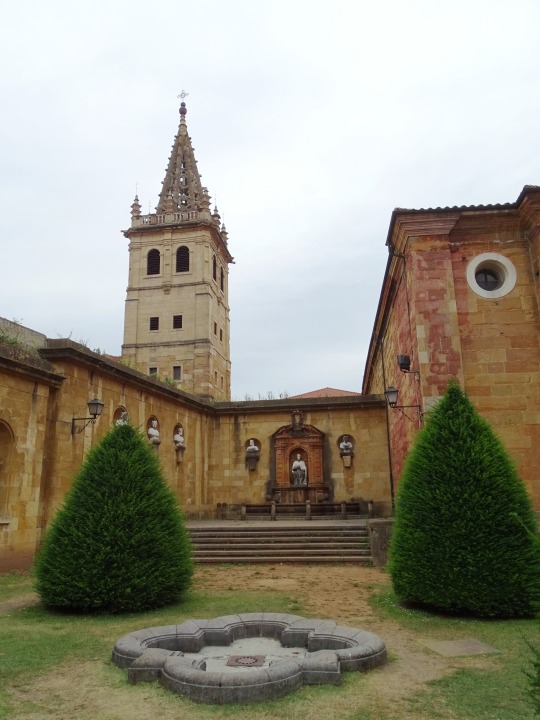
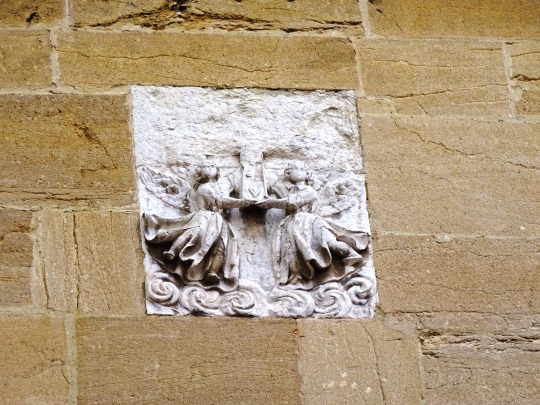
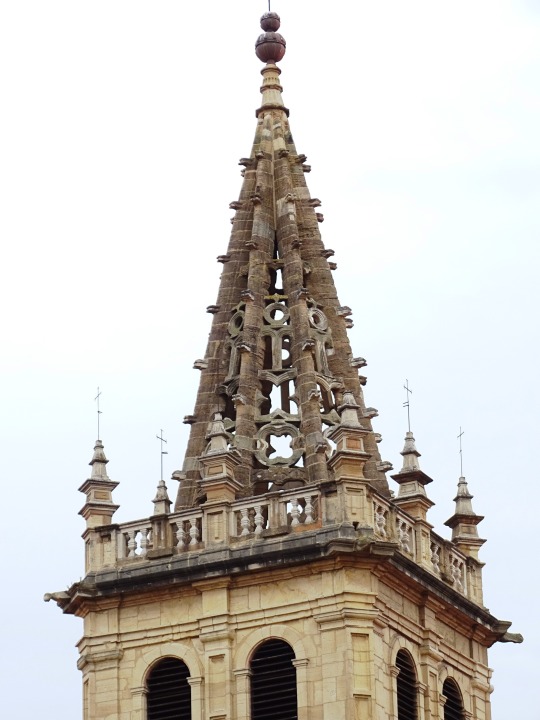
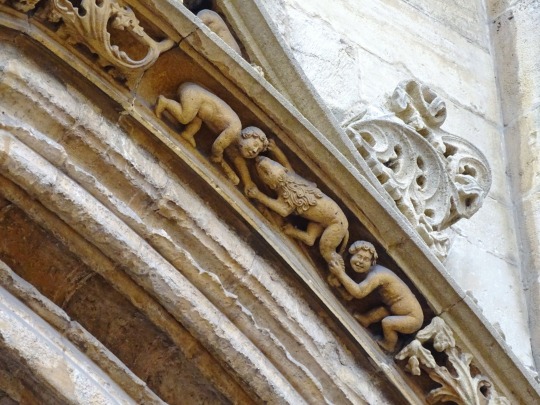


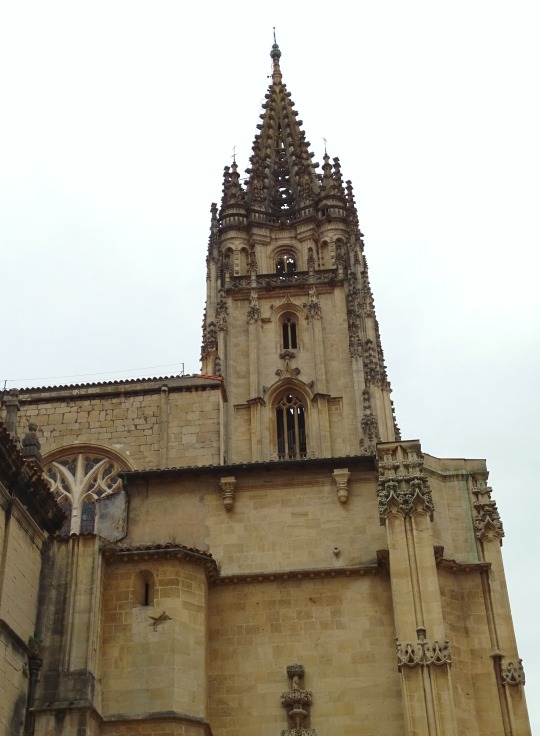

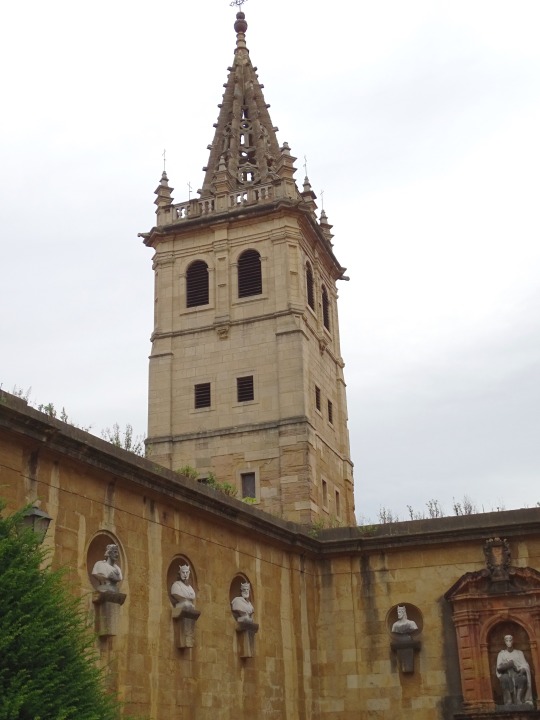

Oviedo Cathedral, Spain (No. 2)
The cathedral was restored in the 12th century by Archbishop Pelagius of Oviedo, the chronicler. Bishop Fernando Alfonso (1296–1301) undertook another restoration of the chapter-house, and his successor, Fernando Alvarez (1302–1321), began the cloister. At the end of the 13th century Gutierre de Toledo began the new Gothic basilica, the principal chapel bearing his arms, though it was completed by his successor Guillén. Diego Ramirez de Guzmán (1421–41) built the two chapels of the south transept (now replaced by the sacristy), the old entrance to the church, and the gallery of the cloister adjoining the chapter-house. Alonzo de Palenzuela (1470–85) completed the other part of the transept. Juan Arias (1487–97) left his cognizance, the fleur-de-lys and four scallops, on the nave. Juan Daza (1497–1503) erected the grille of the choir; Valerano (1508–12) added the stained-glass windows. Diego de Muros, founder of the great college at Salamanca known as the Oviedo, had the crestings of the porch wrought by Pedro de Bunyeres and Juan de Cerecedo, while Giralte de Bruselas and Juan de Balmaseda completed in the years 1512 to 1517 the carving of the precious altarpiece ordered by Valeriano Órdoñez de Villaquirán. Cristóbal de Rojas (1546–56) affixed his coat-of-arms to the completed tower, with its octagonal pyramid, one of the marvels of Gothic architecture.
Source: Wikipedia
#Alfonso II of Aragon#Metropolitan Cathedral Basilica of the Holy Saviour#Oviedo#Cathedral of San Salvador#Catedral Metropolitana Basílica de San Salvador#Uviéu#Spain#Northern Spain#Southern Europe#Rodrigo Gil de Hontañón#original photography#summer 2021#architecture#exterior#cityscape#landmark#tourist attraction#Jardín de los Reyes#Plaza de la Catedral#travel#vacation#sculpture#España#Asturias
3 notes
·
View notes
Text


Lost in contemplation of the beauty of the scene she had not at first noticed the steam-launch which was approaching, but the next moment she was beaming with pleasure. Francis was standing up in the boat in his fine hussar uniform. She knew him at once from his picture, and found him more attractive than she had expected to do.
She stepped forward to the gangway to meet him, and with the most natural womanly grace, held out her hand, saying: "Bounjour François!" He took both her hands in his, kissed her on the brow, and said timidly: "Bonjour Marie!" The Queen embraced the young bride, and presented the Princesses to her. Maria asked feelingly after the King's health, and expressed her regret that he was unable to be there to receive her. She then questioned her new relations about the coast lying before her, about the town they were approaching, about the ships in ther harbour, and about everything she saw from the vessel.
The bridegroom stood almost silent by his stepmother's side, finding only disconnected words to stammer in response. The agitation in which he found himself, the pleasant surprise of discovering Maria to be handsomer and more fascinating than he had dared to imagine, made him more shy and awkward than ever.
(...) The Queen conducted her to her rooms, and Nina Rizzo changed her travelling costume for a bridal robe, which was thrown over the large crinoline which all ladies were obliged to wear at that time, in accordance with the dictates of fashion. A wreath of orange-blossom and a veil of beautiful lace, which she had brought with her from her home, were fastened to her mass of hair — that characteristic of the Wittelsbach sisters. The bridal veil, falling in wide folds about her, reached almost to the ground.
An altar had been erected in a large room of the palace used for festivities. Above the altar and along the walls were hung pictures of the Holy Virgin. A throne had also been constructed, and was covered with velvet and gold embroideries. Beside the throne were arm-chairs for the Princes and Princesses.
The bishops and most of the distinguished company had taken their places. The solemn function was about to begin. But many of those assembled had difficulty in restraining their laughter, and several smiled outright, although they tried all in their power to keep a countenance of decorum. The Crown Prince's second stepbrother, Alphonso, Count of Caserta, though at that time eighteen years of age, was as wild as a schoolboy in the holidays. He had managed to fasten a long train of paper to the uniform of one of the highest of the court functionaries. The courtier was in absolute ignorance of the Prince s schoolboy trick, and the air of importance with which he performed his duties added to the absurdity of the situation. In the end a gentleman succeeded in detaching the train without the victim having noticed it.
The bride and bridegroom entered the apartment, and were conducted to their places before the altar. The bishop gave a forcible address in the flowery Italian language, concluding by calling down the blessing of God on the young couple. The Te Deum was sung, and the orchestra played the national anthem. The newly married couple then went to the King's bed-chamber to receive the paternal blessing. Salvos of artillery announced to the people that the marriage ceremony was at an end.
Tschudi, Clara (1905). Maria Sophia, Queen of Naples: A Continuation of “The Empress Elizabeth” (translation by Ethel Harriet Hearn)
ON THIS DAY, IN 1859, DUCHESS MARIE SOPHIE IN BAVARIA ARRIVED TO NAPLES AND MARRIED PRINCE FRANCESCO, DUKE OF CALABRIA IN PERSON. They'd had a proxy ceremony on January 8. Marie was the sixth child and third daughter of Duke Maximilian in Bavaria and his wife Princess Ludovika of Bavaria. Francesco was the only child of King Ferdinando II of the Two Sicilies and his first wife Princess Maria Cristina of Savoy.
Marie had left for Naples on January 13, but news of King Ferdinando's grave illness caused her to delay her journey and stay in Vienna with her sister the Empress Elisabeth of Austria. She was able to set forth again on the 30, accompanied by Elisabeth, and arrived in Trieste the next day, from where she finally sailed February 1 to Bari.
Ten years after getting married Marie and Francesco had their only child, Princess Maria Cristina of the Two Sicilies, who died aged three months old.
#disfunctional marriage (affectionate)#also every single artist that painted francesco's commitment to completely change his face is impressive#queen marie sophie of the two sicilies#francesco ii of the two sicilies#historian: clara tschudi#queen maria theresa of the two sicilies#prince alfonso count of caserta#maria sophia queen of naples: a continuation of ´the empress elizabeth´ (1905)#on this day in history
5 notes
·
View notes
Text
Kinda funny how when Queen Elizabeth II died (may she rest in peace) all Ecuatorian Twitter just went "Don Alfonso is winning."
#queen Elizabeth#queen elizabeth ii#don alfonso#the fact that he is trending more than the queen rn#its cuz he truly is winning :")
5 notes
·
View notes
Text
Royal Smokers
There is only one reigning Sovereign who does not smoke at all, and that is, King Oscar of Sweden; but the greatest smokers are King Edward, who smokes the very best cigars, and King Leopold of Belgium, who smokes not less than a dozen cigars a day. The Emperor of Austria smokes a pipe morning and evening; but the other Sovereigns are contented with cigarettes, the Tsar consuming about thirty a day. King Alfonso smokes cigarettes in a long amber mouthpiece mounted with gold; King Victor Emmanuel smokes some half-dozen cigarettes a day; and the Kaiser, on the advice of his physicians, has almost given them up altogether. Every now and then he lights a cigarette, but he always throws it away before it is half finished.
The Sketch, Oct 3, 1906
#King Oscar II of Sweden#King Edward VII#Emperor Franz Josef#King Alfonso XIII#King Victor Emanuel II#Kaiser Wilhelm II#magazine article
5 notes
·
View notes
Text
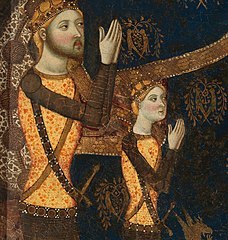

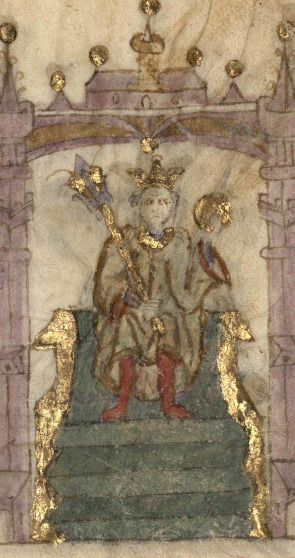
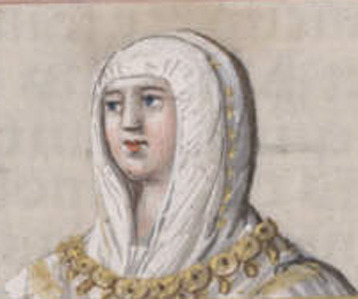
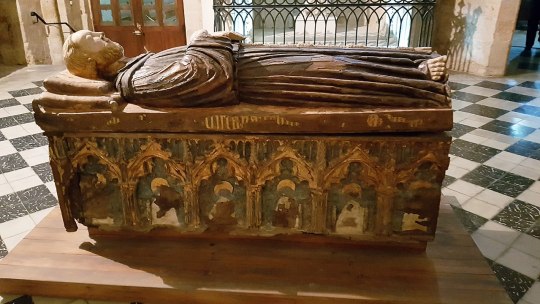
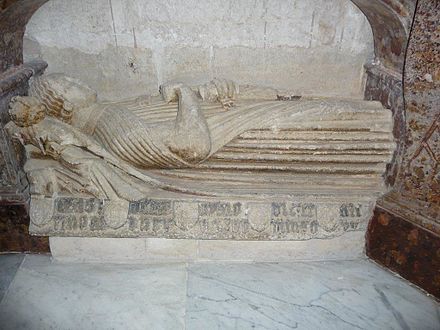

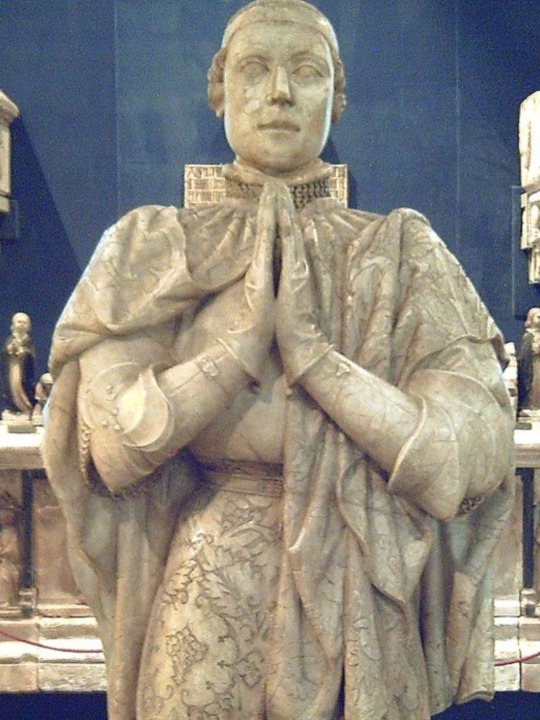
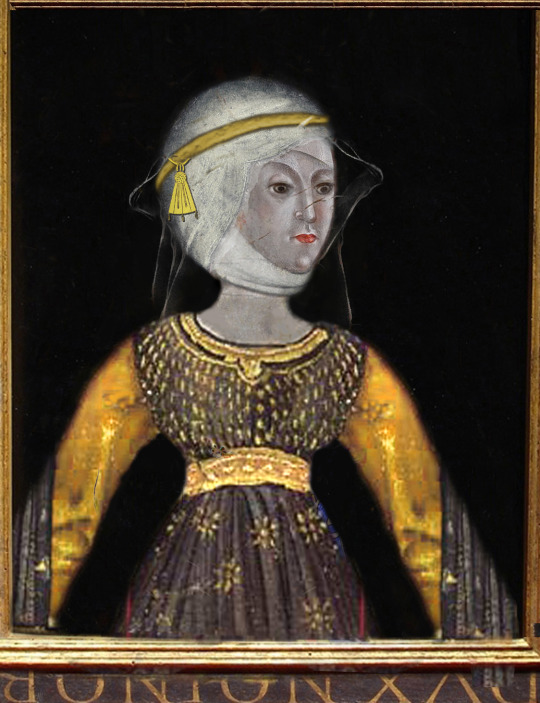

The Bastard Kings and their families
This is series of posts are complementary to this historical parallels post from the JON SNOW FORTNIGHT EVENT, and it's purpouse to discover the lives of medieval bastard kings, and the following posts are meant to collect portraits of those kings and their close relatives.
In many cases it's difficult to find contemporary art of their period, so some of the portrayals are subsequent.
1) Henry II of Castile ( 1334 – 1379), son of Alfonso XI of Castile and Leonor de Guzmán; and his son with Juana Manuel de Villena, John I of Castile (1358 – 1390)
2) His wife, Juana Manuel de Villena (1339 – 1381), daughter of Juan Manuel de Villena and his wife Blanca de la Cerda y Lara; with their daughter, Eleanor of Castile (1363 – 1415/1416)
3) His father, Alfonso XI of Castile (1311 – 1350), son of Ferdinand IV of Castile and his wife Constance of Portugal
4) His mother, Leonor de Guzmán y Ponce de León (1310–1351), daughter of Pedro Núñez de Guzmán and his wife Beatriz Ponce de León
5) His brother, Tello Alfonso of Castile (1337–1370), son of Alfonso XI of Castile and Leonor de Guzmán
6) His brother, Sancho Alfonso of Castile (1343–1375), son of Alfonso XI of Castile and Leonor de Guzmán
7) Daughters in law:
I. Eleonor of Aragon (20 February 1358 – 13 August 1382), daughter of Peter IV of Aragon and his wife Eleanor of Sicily; John I of Castile's first wife
II. Beatrice of Portugal (1373 – c. 1420) daughter of Ferdinand I of Portugal and his wife Leonor Teles de Meneses; John I of Castile's second wife
Son in law:
III. Charles III of Navarre (1361 –1425), son of Charles II of Navarre and Joan of Valois; Eleanor of Castile's huband
8) His brother, Peter I of Castile (1334 – 1369), son of Alfonso XI of Castile and Mary of Portugal
9) His niece, Isabella of Castile (1355 – 1392), daughter of Peter I of Castile and María de Padilla
10) His niece, Constance of Castile (1354 – 1394), daughter of Peter I of Castile and María de Padilla
#jonsnowfortnightevent2023#henry ii of castile#john i of castile#juana manuel de villena#eleanor of castile#alfonso xi of castile#leonor de guzmán#tello alfonso of castile#sancho alfonso of castile#peter i of castile#constance of castile#isabella of castile#asoiaf#a song of ice and fire#day 10#echoes of the past#historical parallels#medieval bastard kings#bastard kings and their families#eleanor of aragon#beatrice of portugal#charles iii of navarre#canonjonsnow
14 notes
·
View notes
Text
Estatua ecuestre de San Fernando (Sevilla)
Hoy vamos a tratar un monumento especial: el realizado en honor del rey Fernando III el Santo, hoy en la llamada Plaza Nueva en el barrio del Arenal, distrito Casco Antiguo, con la disposición que se ve en la foto anterior.
Continue reading Estatua ecuestre de San Fernando (Sevilla)

View On WordPress


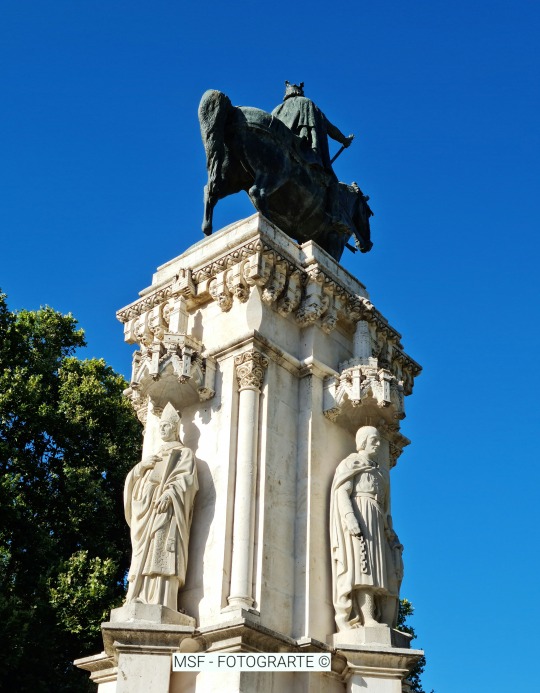

#Alfonso López Rodríguez#Alfonso X el Sabio#Beatriz de Suabia#Doña Inés Rodríguez de Girón#Don Remondo o Raimundo de Losana#Enrique Pérez Comendador#Escultura#Escultura civil#Federico II Hohenstaufen#Felipe de Castilla#Fernando III el Santo#Garci Pérez de Vargas#Joaquín Bilbao#Joaquín Sánchez Cid#Lafita Díaz#Ramón de Bonifaz#Sevilla
0 notes
Text
Alfonso X ALMOST BECAME A HRE EMPEROR during the great interregnum, I’m going to fucking die
Like IMAGINE we could have had Fredrick II AND Alfonso X, it would have been SO FUCKING COOL
The pope persuaded Alfonso not to accept the crown offered to him
———
What a fucked up boring dark sad miserable timeline we are living in
#im a bloody Ghibelline by now#duke’s jokes#alfonso x#federico ii#frederick ii#if I ll ever be a time traveler I’m making Alfonso the emperor
8 notes
·
View notes